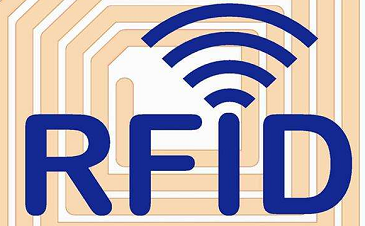With the popularity of the Internet of Things (IoT), more and more wireless connected devices have entered the market. Although the power cord is no longer needed, the battery life is still a great challenge for a large number of smart devices on the market today. According to relevant market research data, it is estimated that by 2023, there will be more than 35 billion connected IoT devices worldwide. We can imagine that even if only a small part of the equipment needs to be replaced, the number is very huge. This will be an endless job, similar to painting the Golden Gate Bridge. When the painter paints from one end to the other, the other end needs to be repainted.
Therefore, the labor cost of maintaining battery-powered equipment is also very high. In order to solve the power supply problem of these devices, the best way is to use low-power connection solutions for design. These solutions require the use of widely deployed wireless technologies, such as Bluetooth? Technology. Bluetooth technology is an ideal wireless platform for low data rates and remote applications. This is a feature common to most IoT solutions. A large number of IoT applications actually need to transmit a very small amount of data, but their application range is very wide. Usually Need to be deployed in a relatively remote location. As engineers continue to make unremitting efforts for low-power connection solutions, more and more IoT devices and applications will obtain longer battery life and can even run without batteries. Using Bluetooth technology, combined with advanced technologies such as on-demand wake-up and the lowest power consumption radio, can reduce the power consumption of ordinary IoT devices by 10 to 100 times.
So, what does this mean for the future of battery-powered Bluetooth devices?
The Bluetooth 5.0 wireless communication standard, coupled with ultra-low power consumption, makes the Internet of Things devices consume very little energy. The new connection solution requires very little power, which makes it possible for IoT devices to automatically collect energy from the surrounding environment. For example, radio frequency (RF), light, motion, and heat can collect the required energy for the device. Used.
Bluetooth-powered devices can do this while still providing Wi-Fi equivalent coverage. This means that for many IoT applications, the power consumption may be much lower than the energy that can be collected by the device, which will make the concepts of “sustainable battery” and “battery-free” IoT become a reality, and will definitely appear. In the entire life cycle of the application of the solution, no power cable is required to operate only with the battery or even the battery, so that these devices have a “permanent battery” life. At the same time, the rise of 5G will also increase the market demand for Bluetooth devices, such as beacons, asset tracking, sensing, tags, and positioning. We will see a growing demand for “battery-free” Bluetooth devices in many industries, including smart homes, Industry 4.0, smart cities, healthcare, and retail.
For large-scale IoT deployments, Bluetooth and 5G will play a key role in connecting systems. For example, sensor networks in a factory can use Bluetooth Mesh technology to communicate with each other. The Bluetooth connection function is ideal for devices that require moderate levels, operate with low power consumption, and extend battery life. These devices can be connected to the gateway point connected with 5G, so that the gateway can use the ultra-fast speed of 5G to send information to a longer distance cloud or server.
Consumer applications such as remote control, home automation devices, wearable devices, personal tracking devices, keyboards, etc. alleviate the pain of consumers frequently changing batteries due to power consumption issues. Industrial and enterprise applications such as asset tracking, indoor positioning, beacons, industrial automation sensors, tire pressure monitors, and electronic shelf labels also reduce the overall operating costs of enterprises by reducing battery maintenance costs. In critical applications such as industrial sensors or medical applications, the reliability of the solution is critical, as the longer battery life greatly reduces the risk of equipment failure.
The advancement of low-power functions and energy harvesting technology is very meaningful, it can significantly improve the battery life of IoT devices. With the latest Bluetooth 5.0 technology, these devices can even have a “permanent battery” life or no battery at all, thus opening up more new possibilities for the Internet of Things.
As Bluetooth technology continues to evolve from the latest Bluetooth 5.0 standard to 5.1 and 5.2, we will see endless possibilities. Low-power technologies have created more imagination for more sustainable smart devices and IoT ecosystems. In the future, these ecosystems are no longer limited to batteries and are more cost-effective.


发表评论
Want to join the discussion?Feel free to contribute!